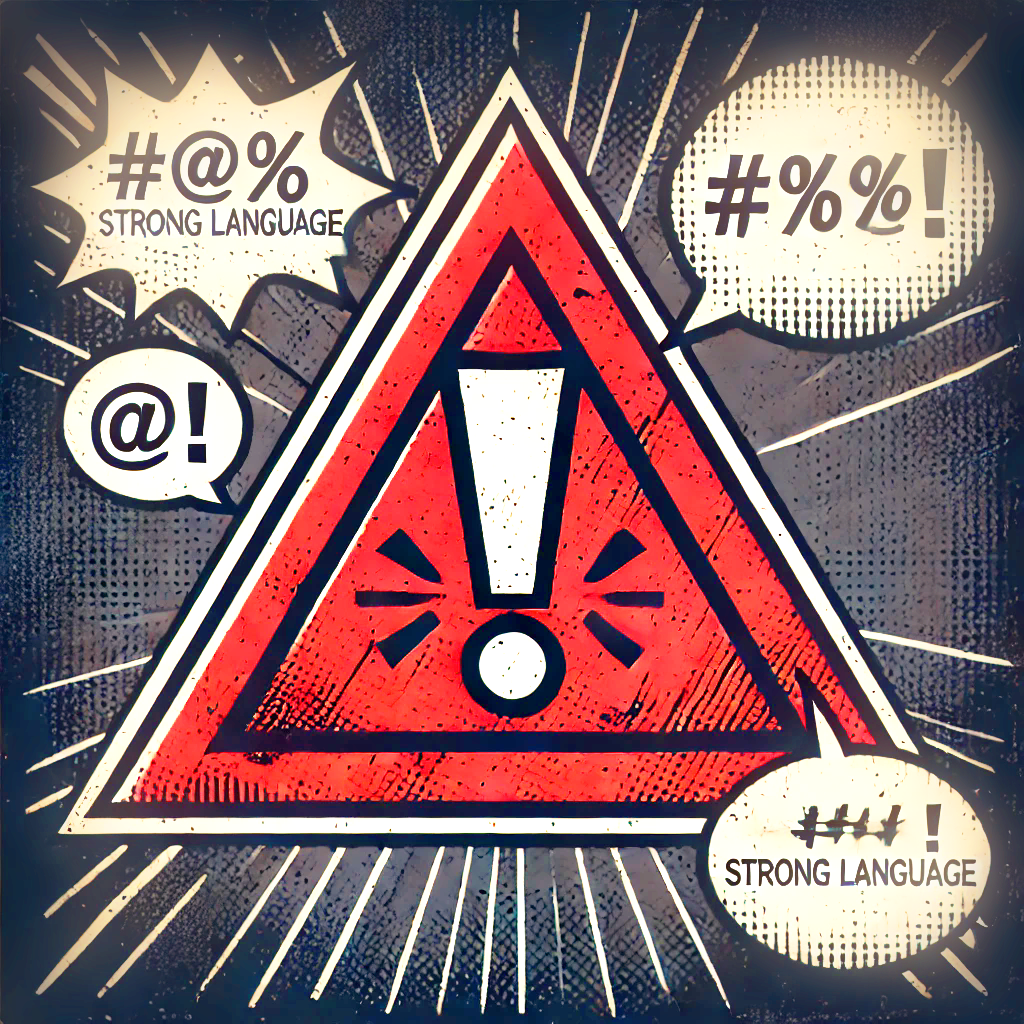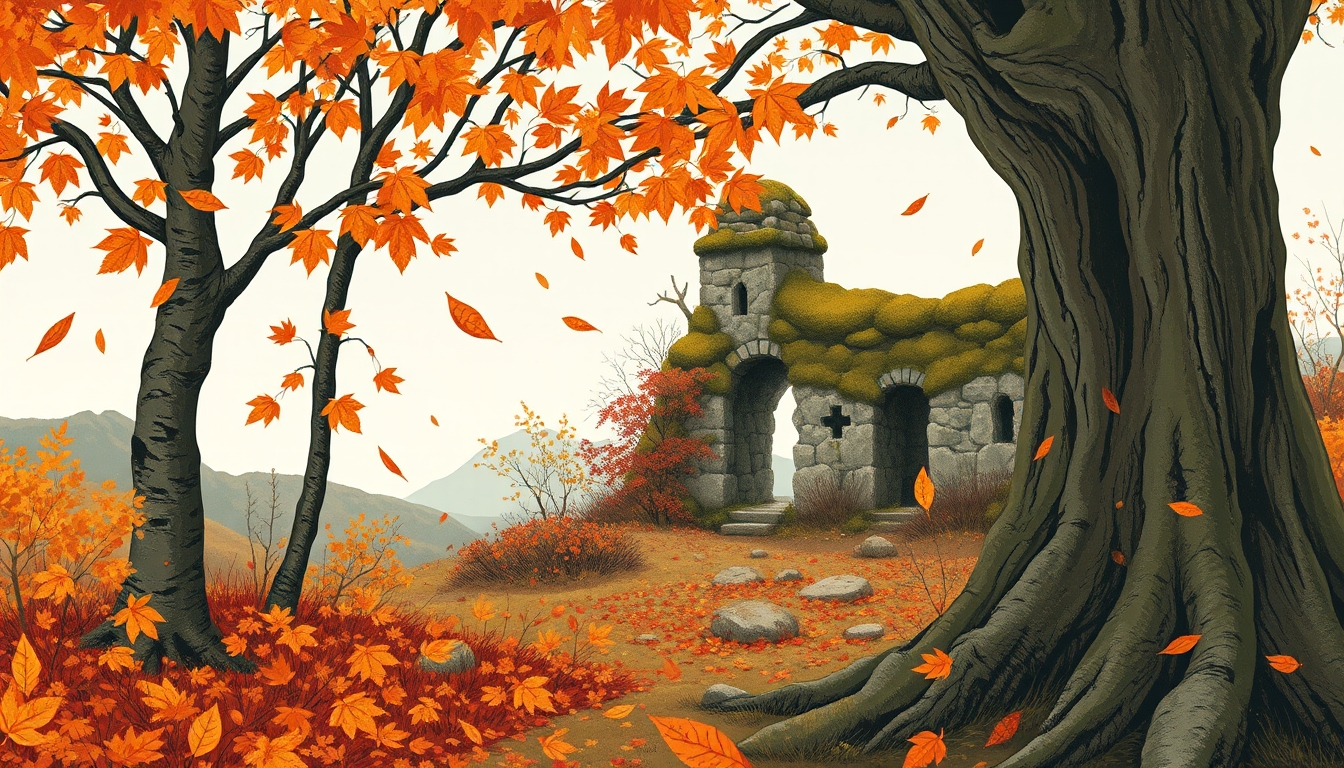Everything around us is on a journey—a cycle of birth, growth, decay, and rebirth. Just look around. Leaves drift from the trees, collapsing back into the soil that will one day feed them again. Buildings crack and wear, relics of their own past lives, and time leaves its delicate traces on our own faces, whether we invite it or not. Decay is everywhere, and there’s a strange, subtle beauty in it—an ever-present reminder that nothing in life stays the same. For writers, there’s a powerful energy in this transience, an almost electric quality that, if harnessed, can fuel creativity, insight, and even personal transformation.
In our culture, decay often gets the short end of the stick. It’s seen as a decline, a crumbling of what was once whole, and something to be avoided. But consider the Japanese concept of wabi-sabi, rooted in Zen philosophy. This perspective celebrates the elegance of imperfection, the value of the cracks and flaws that make an object unique. A tea bowl that’s cracked doesn’t lose its worth; in fact, it gains character. It holds the story of its own journey. When we approach writing with this mindset—exploring decay as a theme, examining the “cracks” in our narratives, the fraying edges of life—we open up a whole new space for honesty, vulnerability, and realness.
How Writing About Decay Transforms Us
Embracing decay in writing gives us a unique lens to look at life’s passing nature. This isn’t about wallowing in decline; it’s about making something beautiful out of the fleeting. Here’s how letting decay in can shape your creative process and your growth as a person:
- Confronting Mortality
Writing about decay makes us face our own transience. It’s grounding, even comforting in a strange way—it reminds us to ask, “Am I spending my time on what truly matters?” In reflecting on mortality, writing can become a powerful mirror, one that reveals what we value, what we fear, and how we’re really living this fleeting life. It’s a reminder that the time we have is finite, urging us to live authentically while we can. - Finding Beauty in the Broken
A cracked building or a fading flower doesn’t just represent loss; it has its own haunting allure. When we write about what’s flawed, impermanent, or even overlooked, we reclaim beauty on our own terms. The magic here is that what’s broken doesn’t need to be “fixed” to have worth. In writing, we’re reminded that beauty isn’t about perfection; it’s about authenticity. By capturing life’s “broken” elements, we remind ourselves—and our readers—that real beauty comes from the stories woven into those flaws. - Embracing Change
Decay isn’t an end in itself; it’s a step in the cycle, one that leads to renewal. Writing about it teaches us to let go, to release our grip on the past and make room for the new. By weaving decay into our narratives, we learn to shed what no longer serves us, to allow growth where there was once stagnation. Writing about decay can be cathartic—a way of symbolically releasing old habits, relationships, or beliefs that weigh us down, giving us a chance to evolve and move forward. - Uncovering Deeper Truths
Decay has this uncanny ability to peel back layers, revealing what’s real underneath. It gets to the essence of things, stripping away the superficial to uncover the raw core of existence. When we write about decay, we’re engaging in an act of honesty, exploring parts of ourselves or the world that might otherwise stay hidden. This vulnerability, this unfiltered look at what remains when the rest falls away, adds a depth to our writing that resonates on a human level.
Bringing Decay into Your Writing
If you’re ready to explore these themes, decay can be a powerful device to create layered, meaningful stories. Here are some ways to let it fuel your creativity:
- Symbols of Decay in Nature and Society: Nature is ripe with metaphors for decay: wilting flowers, rusted iron, crumbling structures. These aren’t just visual touches—they can mirror your character’s emotional state, symbolize the theme, or even give the setting a life of its own. Each image holds a whisper of life’s delicate but relentless cycle, reminding us that everything, in its own way, is part of a greater process.
- Human Experiences and Relationships: Decay touches relationships, too. Writing about fading friendships, fractured family bonds, or the healing that follows a loss taps into universal experiences. These narratives let us explore resilience, love, regret, and the way people carry each other’s scars. Writing about decay within relationships speaks to the complexity and fragility of human connection, as well as the beauty of holding on—or letting go.
- Cycles of Power and Decline: The rise and fall of empires, the change in ideologies, cultural shifts—these are all reflections of decay on a grander scale. By weaving in societal or historical decay, your writing taps into something timeless, connecting personal experiences of loss and change with broader cycles of transformation. Decay isn’t just personal; it’s also societal, echoing through history in ways that continue to shape us.
Writing Into the Cracks
Writing about decay isn’t a glorification of loss; it’s about finding the deeper meaning that comes with it. In embracing decay, we lean into life’s delicate balance—a world that’s constantly evolving, where each ending is a prelude to something new, each loss a stepping stone toward insight. Writing into the cracks allows us to explore the beauty within the broken, celebrating the inevitable changes that make life so fleeting and extraordinary.
So here’s the invitation: pick up your pen (or keyboard) and dive into the imperfect, the worn, the impermanent. Write into those cracks. Create characters who’ve weathered storms, places that bear the scars of time, and worlds that are forever in flux. Embrace decay not as an ending, but as a process of renewal. In exploring decay, you may find a depth to your work that’s both raw and resonant, a celebration of life’s delicate dance that reminds us of the strength within all of us to evolve, persist, and renew.
Because when we write about decay, we’re not just capturing life’s transient nature; we’re honoring it, finding grace in the impermanent, and uncovering a beauty that endures in its own way, far beyond the surface.

MidnightSage
MidnightSage is your go-to for dragging ancient myths into the digital age. With a sharp eye for folklore and a gothic flair, they blend old-world wisdom with modern chaos. Lavender-haired and relentless, they’ll guide you through urban legends, modern witchcraft, and the revival of ancient symbols. If you’re navigating the crossroads of mysticism and modern life, MidnightSage is here to make sense of it all.



Leave a Reply